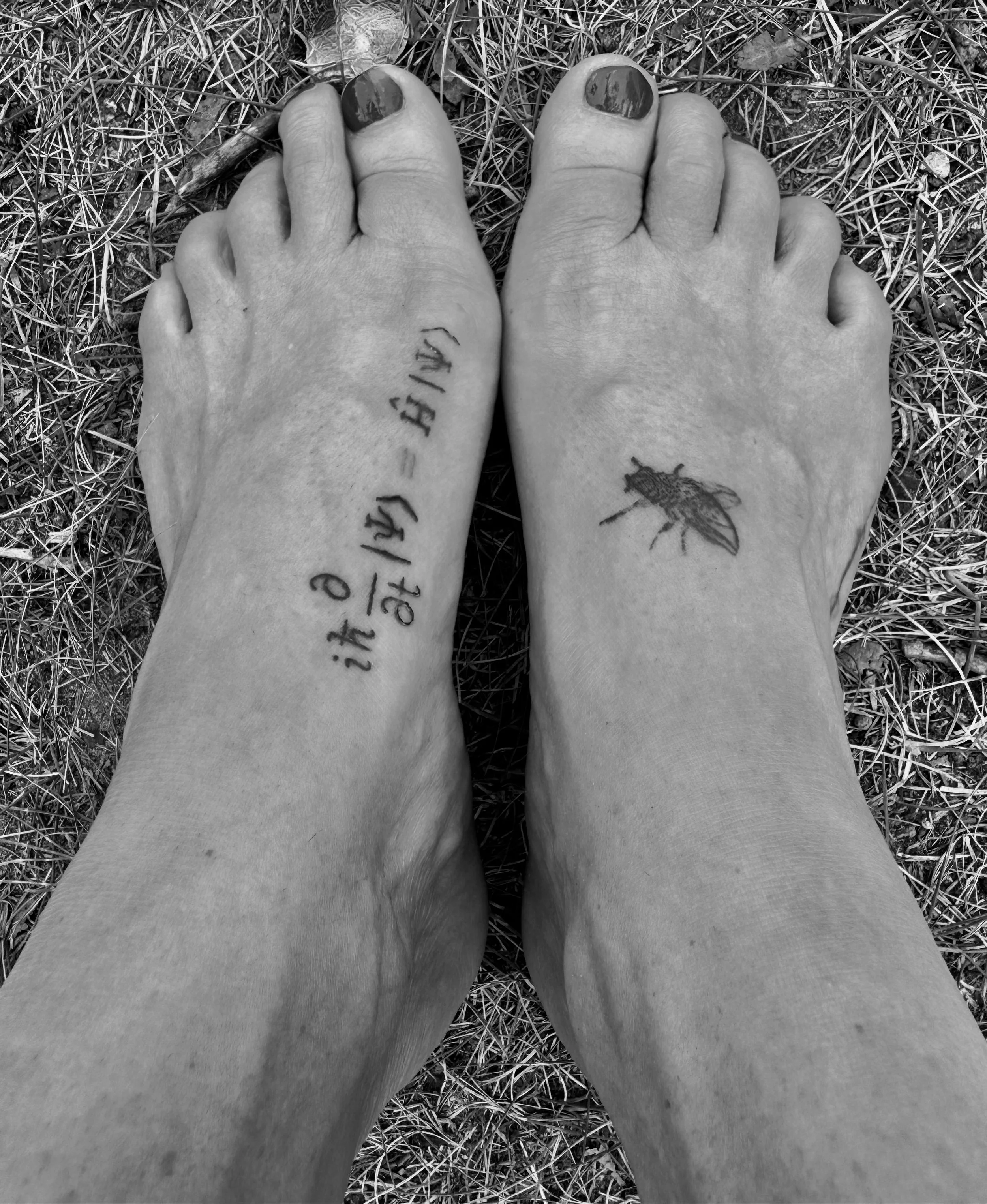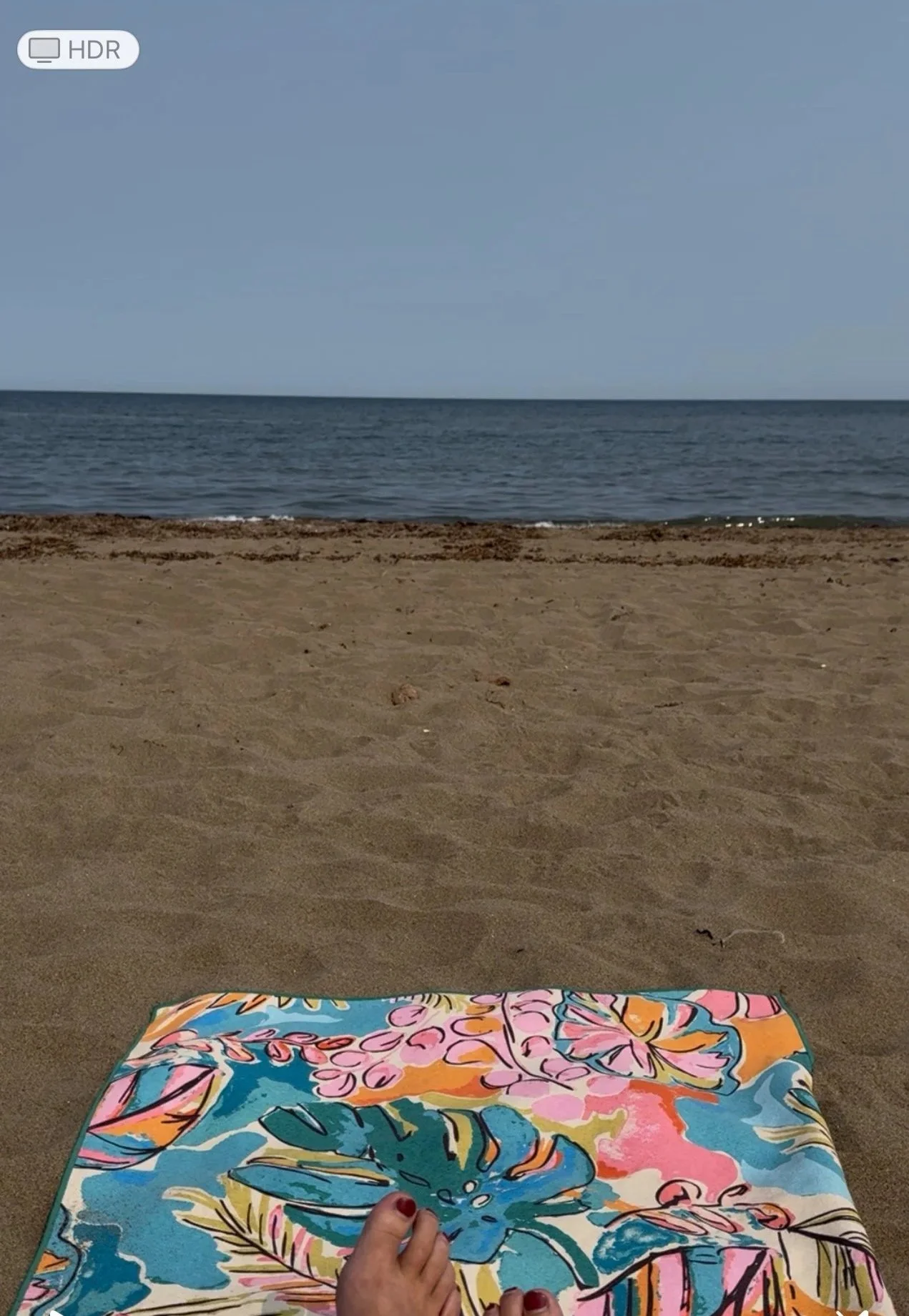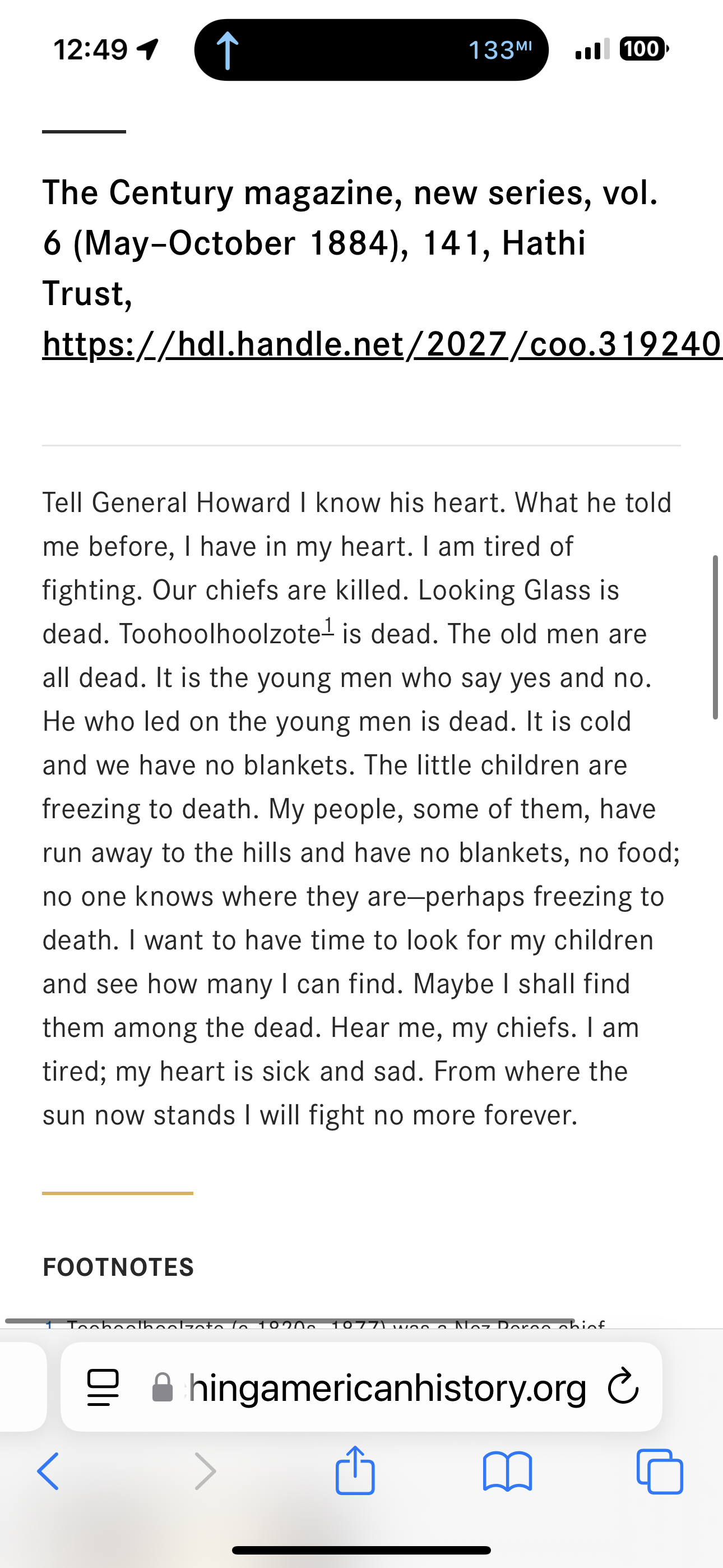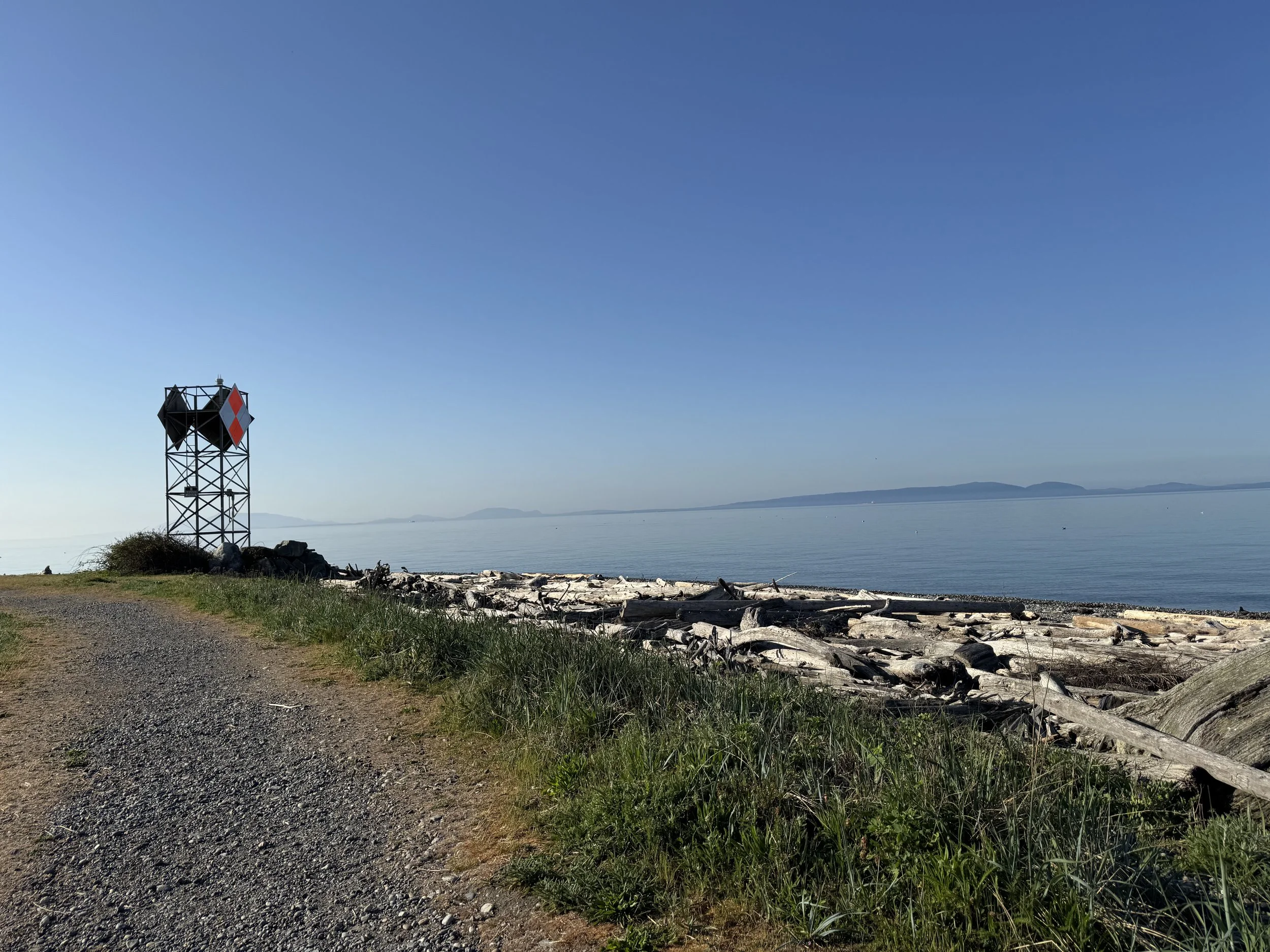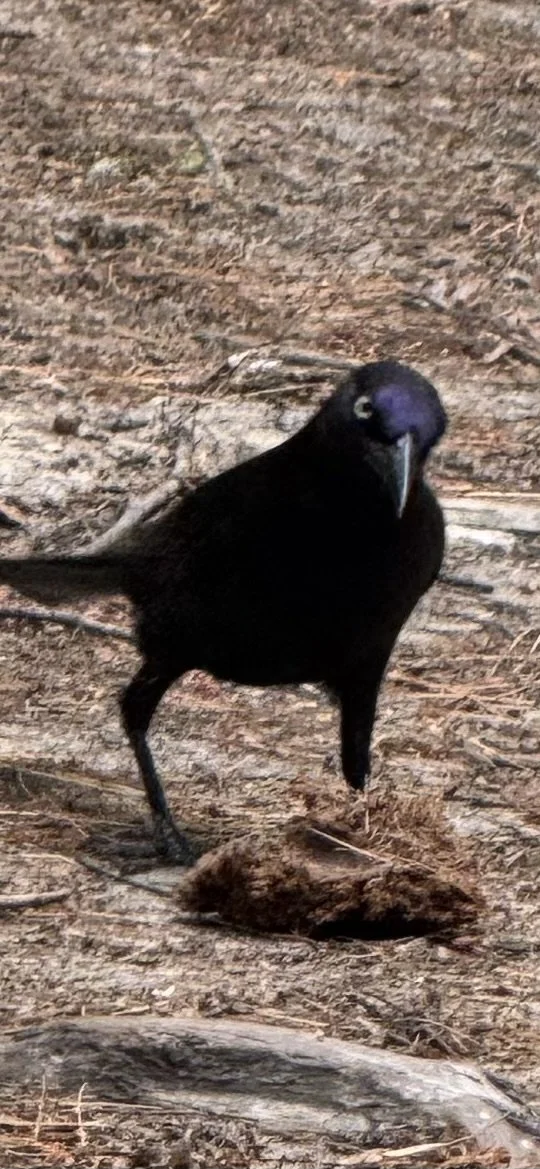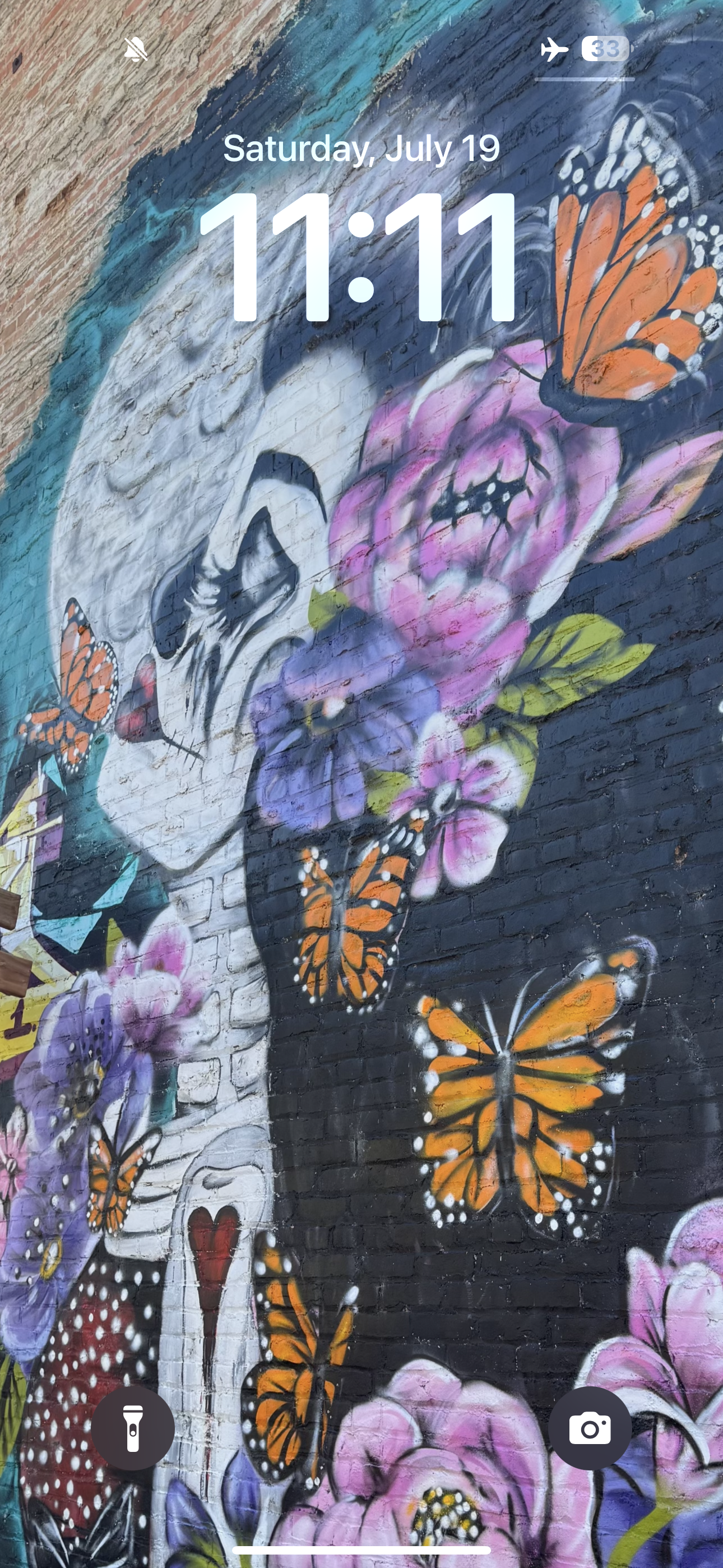Chapter: “To the Patriots:”
Is about a Facebook Post about me being apologetic to Canadians in June of 2025. In
Response of:
“If you don’t support the country you live in, go live in the country you support.”
Yea, see, that is my point. Thank you, for ironically exemplifying this.
First, (pssssst-whisper-“they don’t want U.S…“) Patriots.
As if Canadians are not? Proud. People. Humans.
Instead of “oh wow, tell me more about being an American in Canada, Ingrid! (while you are actually IN Canada 2025). Or, “ I’d like to hear more about… “ anything. Anything other than what we have been taught in schools and watched on a screen, south of our neighbor.
Hey, I get it. It is not hard to be patriotic when History, English, Math, Textbook publishing companies, Media, Music moguls, are all financed to agree with the patriots. What’s not to like? “Christopher Colombus sailed the Ocean Blue, in fourteen hundred and ninety two!”Catchy.
So what about 1491?
Not interested in Facts? Facts intentionally and literally buried. Facts intentionally left out of institutionalized public education. For centuries. To breed patriots.
What if?
What if (yours and mine)- Facebook posts- those quick and condescending posts intended to prove loyalty, ARE the current weapon of choice? No curiosity. No doubt in the current system. No doubt, you are right.
Vitriol for all! I’m not here to hurt feelings. Poor patriots.
I will support and defend the rights of anyone interested in thoughtful speech. Free speech. However, I do prefer intelligent banter beyond boisterous, simple, egocentric- hubris. Patriots requiring constant flattering is exhausting.
Now what?
What would you say here, for example pmt?
Me, Canada: sitting in Twassanasan Ferry Terminal (Ferry Boats, not the pejorative), talking to three hurly Burly, Harley Davison Riding dudes sayin, “Up til now I loved riding in the US, eh? Riding the Oregon coast all the way to California. But now, well with the tariffs and, what the heck, we didn’t know he would do that. But we are staying away.” Trust me, if you were sitting next to these three dudes, and you said something like, ’but she has allowed you the freedoms…” ha- I do believe someone would get their ass kicked. Here in Canada.
Or (and I have loads of recordings. Audio and video), of Canadians. Telling me their stories. Patriotic, proud Canadians who fought in wars. Hang a flag proudly- next to First Nation land and territory, which is another story.
Beyond what we learn in U.S. classrooms, history, English, math- through textbook publishing companies, media, Music moguls all financed to perpetually repeat Patriot history while diminishing others. Others that we don’t learn about in school.
A patriot to me, in 2025 is to be a humble American. Listen to stories. Respect their stories. Canadian’s. First Nation’s. Patriots and non-patriots. Stories.
Proud, conservative, brave, men representing their country and history- whom I guess, sort of don’t like the idea of being colonized. Colonized by the U.S. through threats, insults, economic tariffs, and jokes. I mean, really. I’m talking to your people. Proud. Patriots.
Point is- that is my point. Responding to a post-to- an American in Canada in 2025, about wanting to apologize for the arrogant (mostly male) machismo attitudes, while evading what I was saying, IS my whole point.
Minus 400 Points.
Dear Ingrid, this is future Ingrid talking to past Ingrid. You are right. You know you are right. You’ve done the research. You quit school and dedicated your time to learning, only to learn, Facebook fights are futile. Lessons not learned are- even though you are right- you will constantly feel the need to defend yourself with those that clearly do not know better. So, re-focus. Stop getting diverted from untruths.
Maybe your right is not everybody’s right. You will regret answering in anger.
Hard lesson. And yet, in my research there is so much more to the story that does not get mentioned, due to the constant re routing of conversations. This stuck with me:






